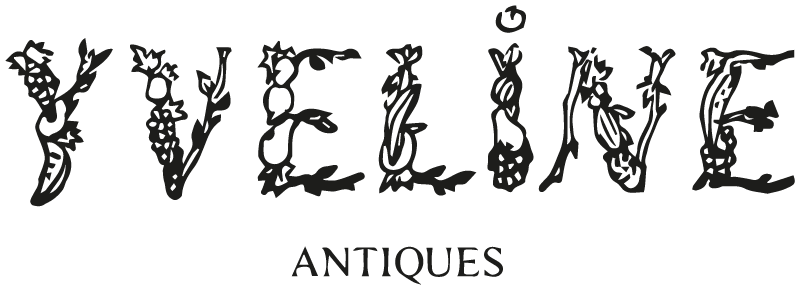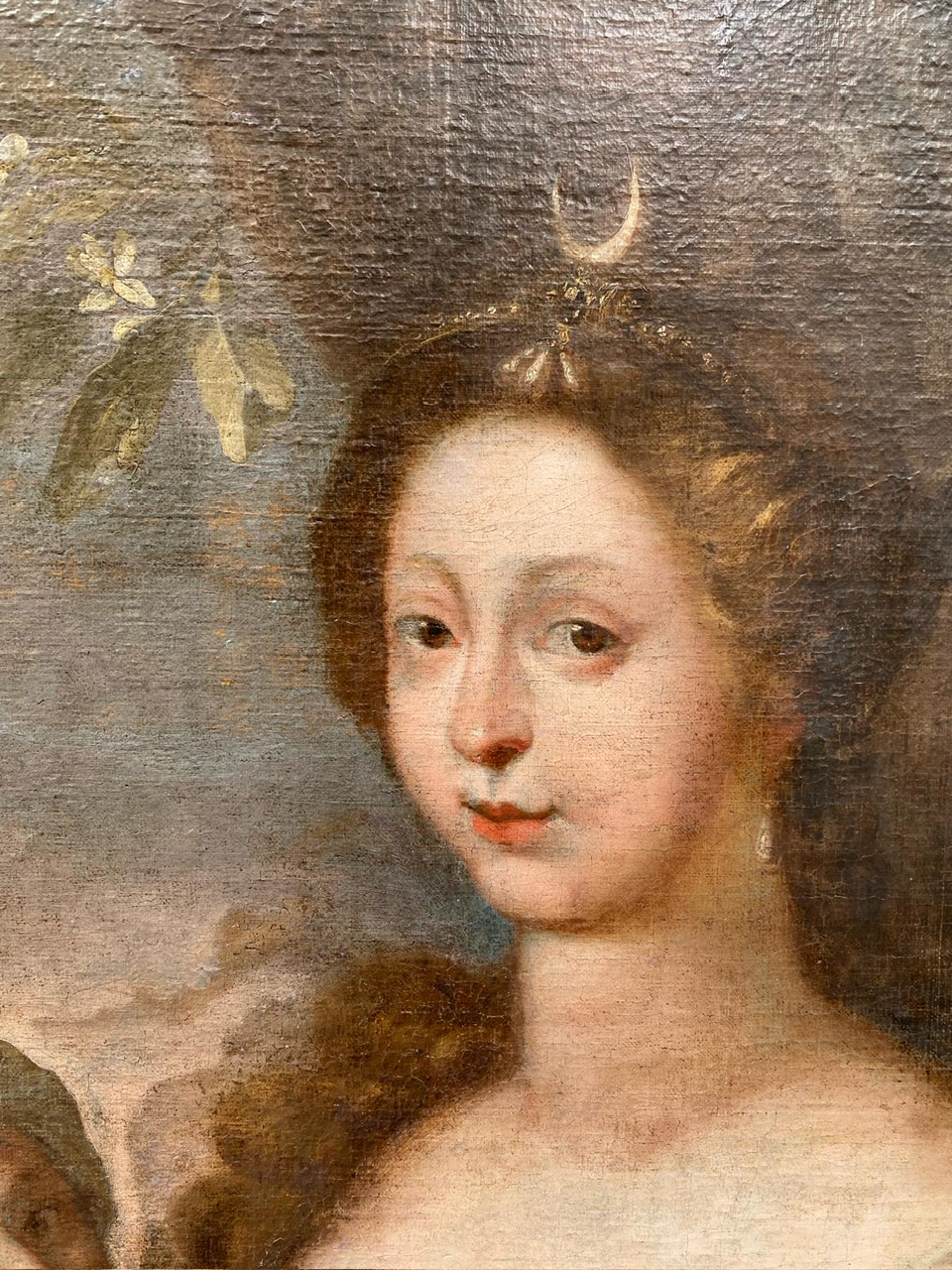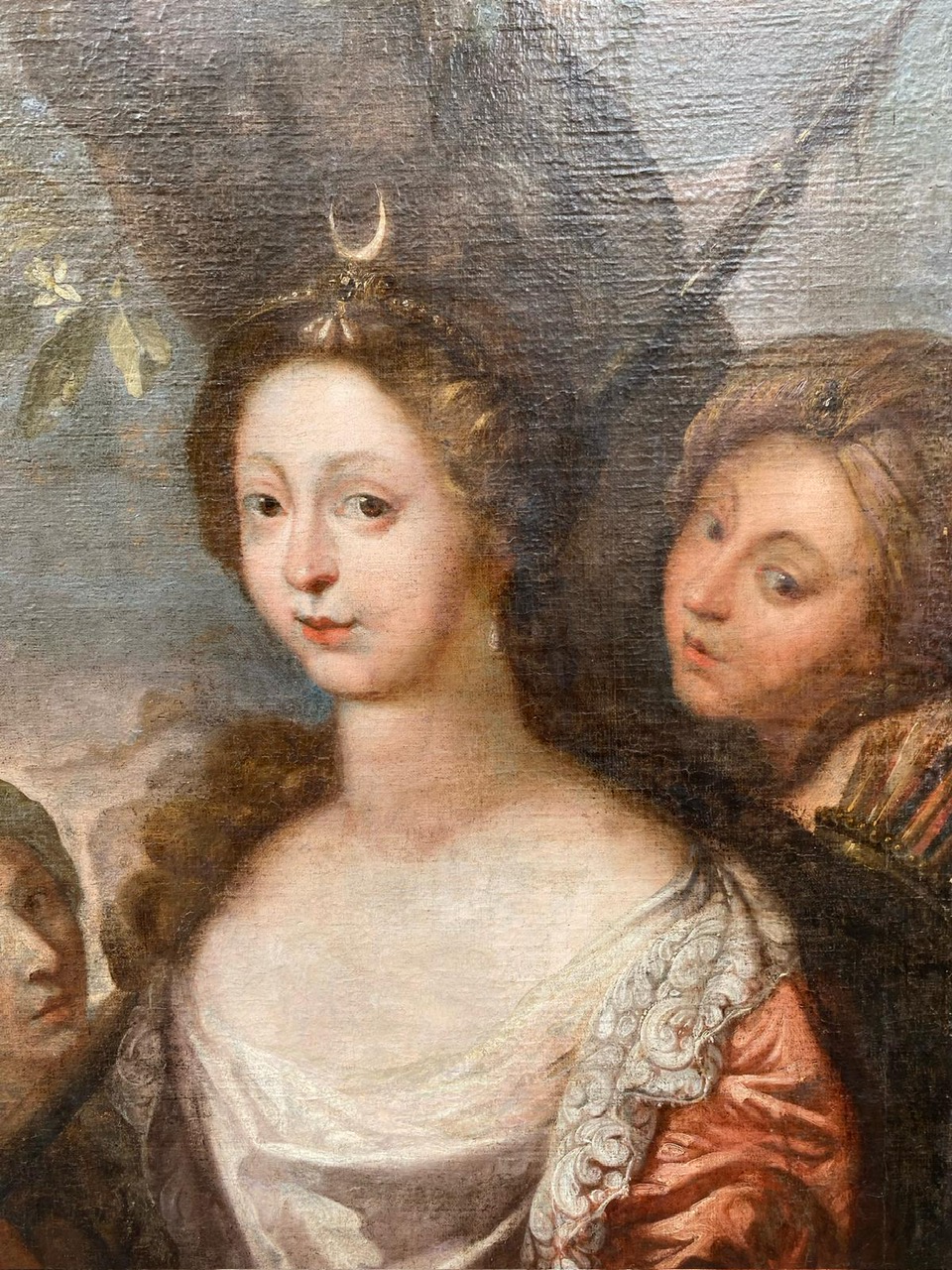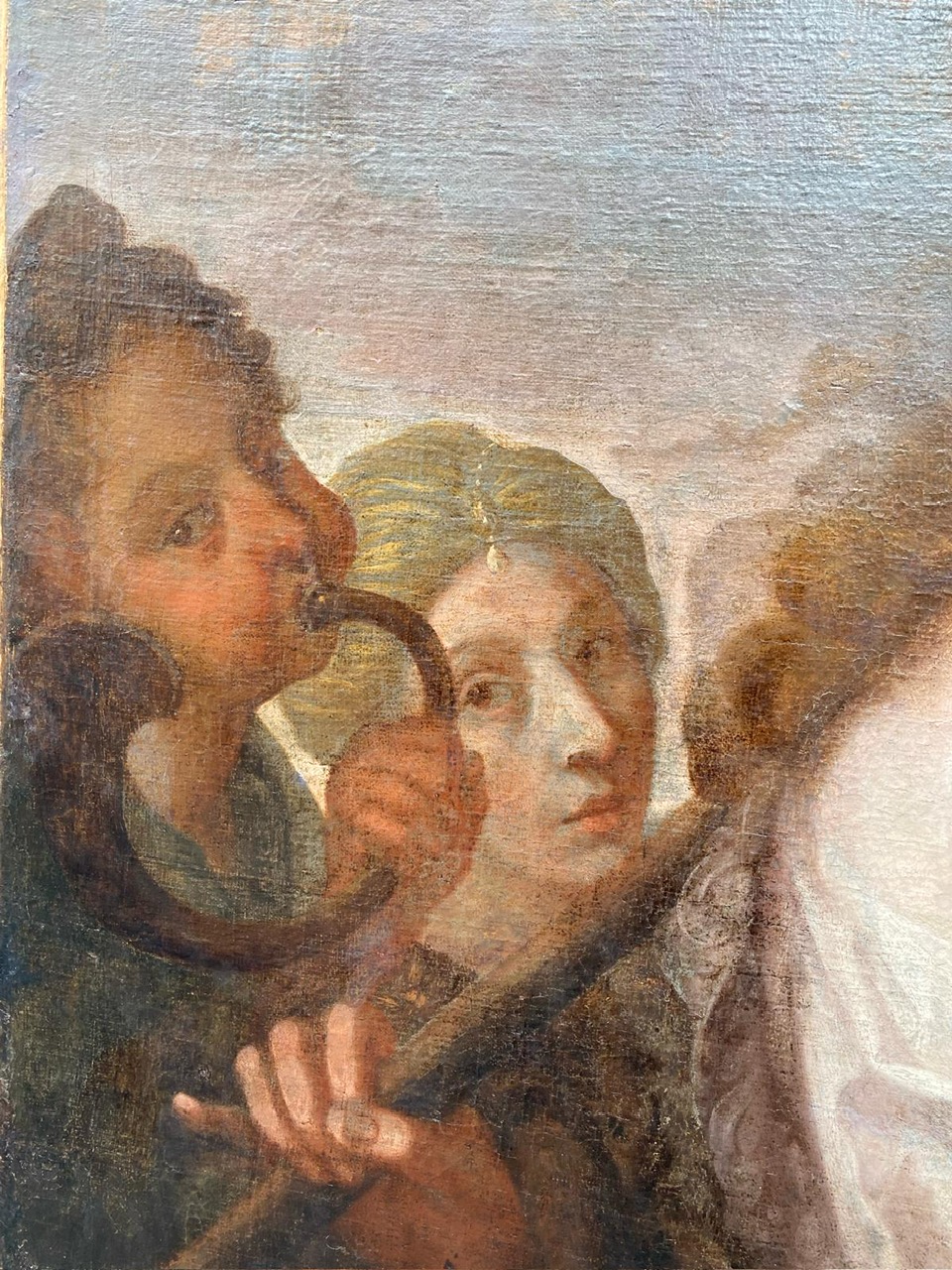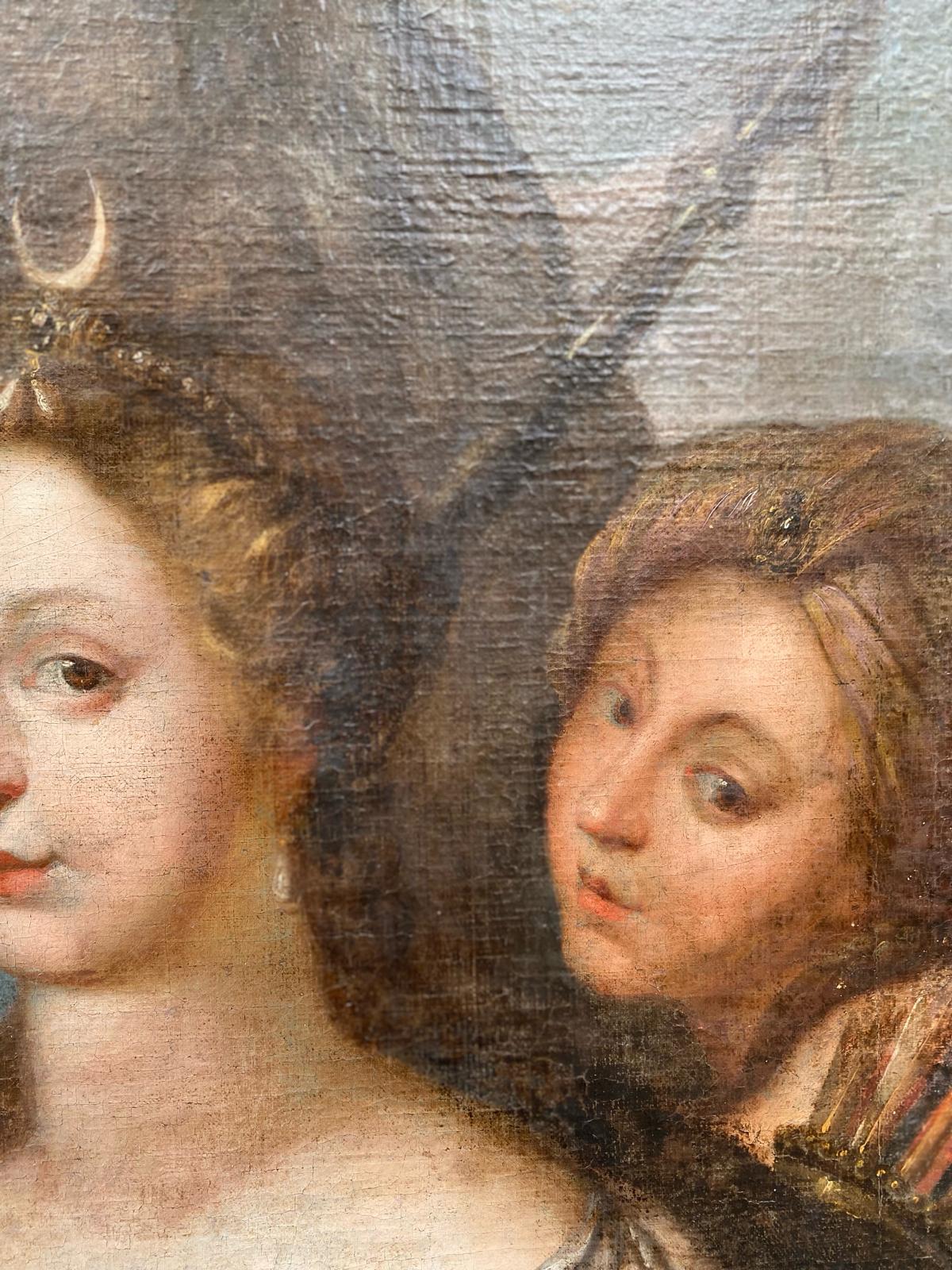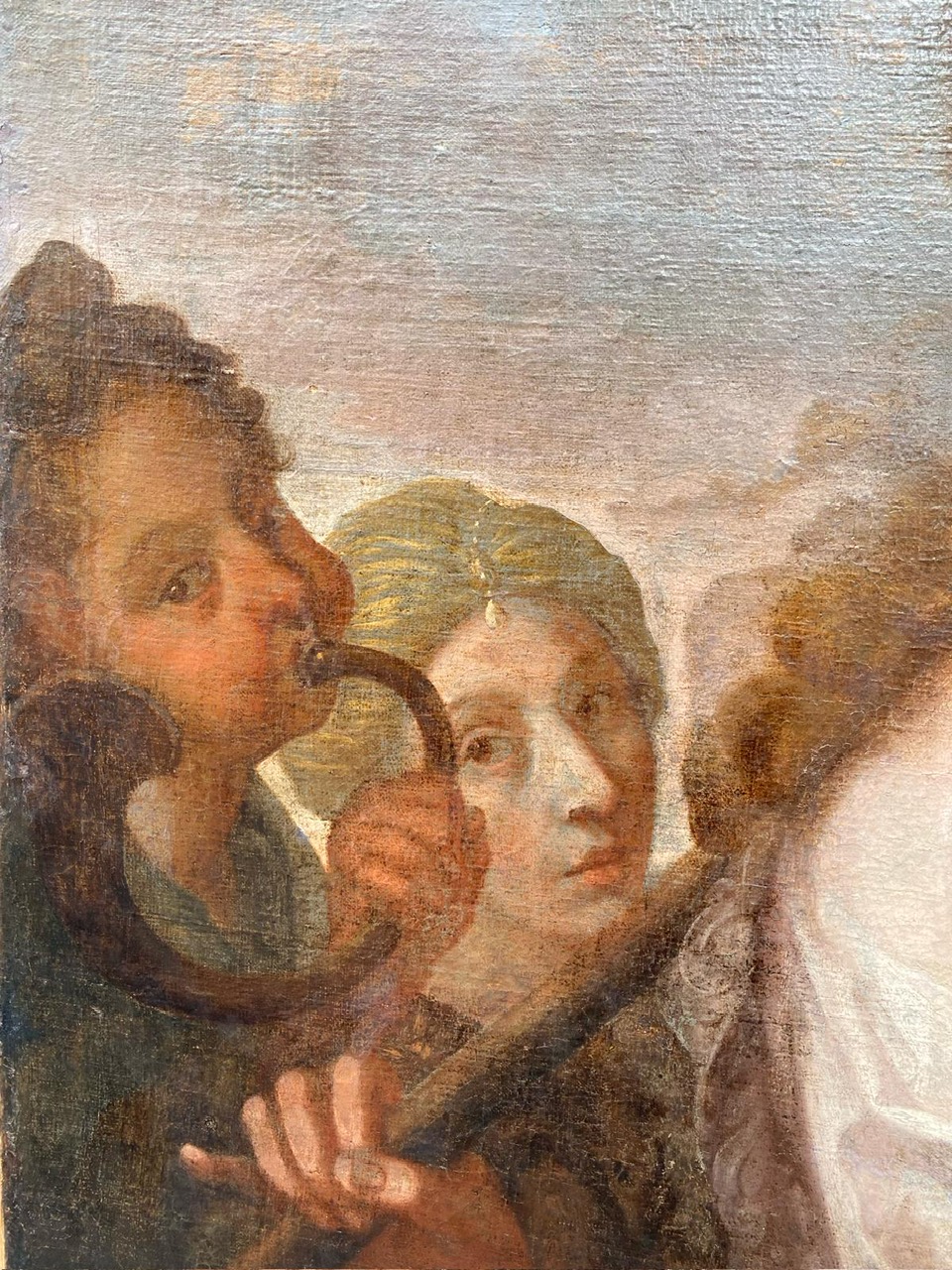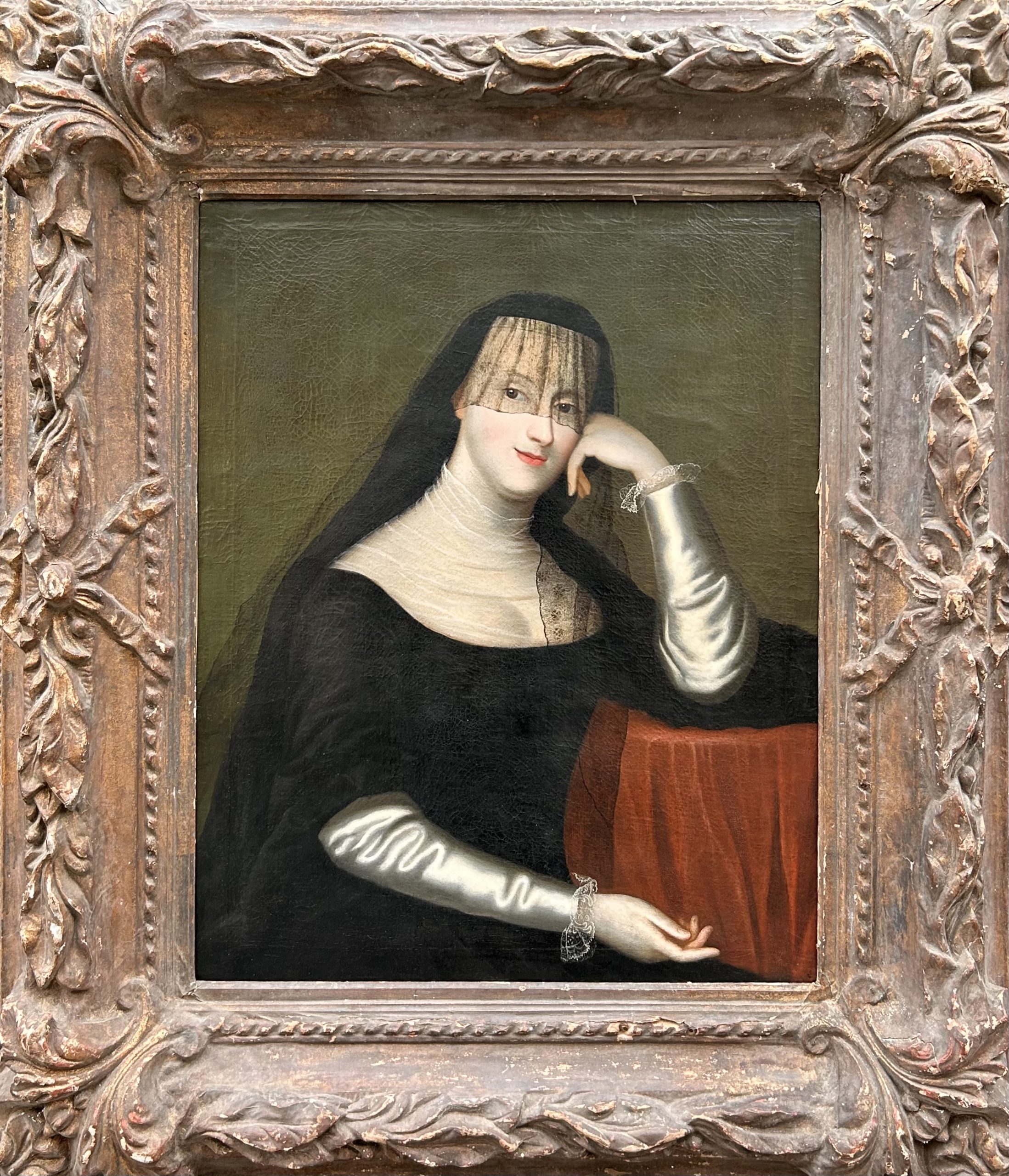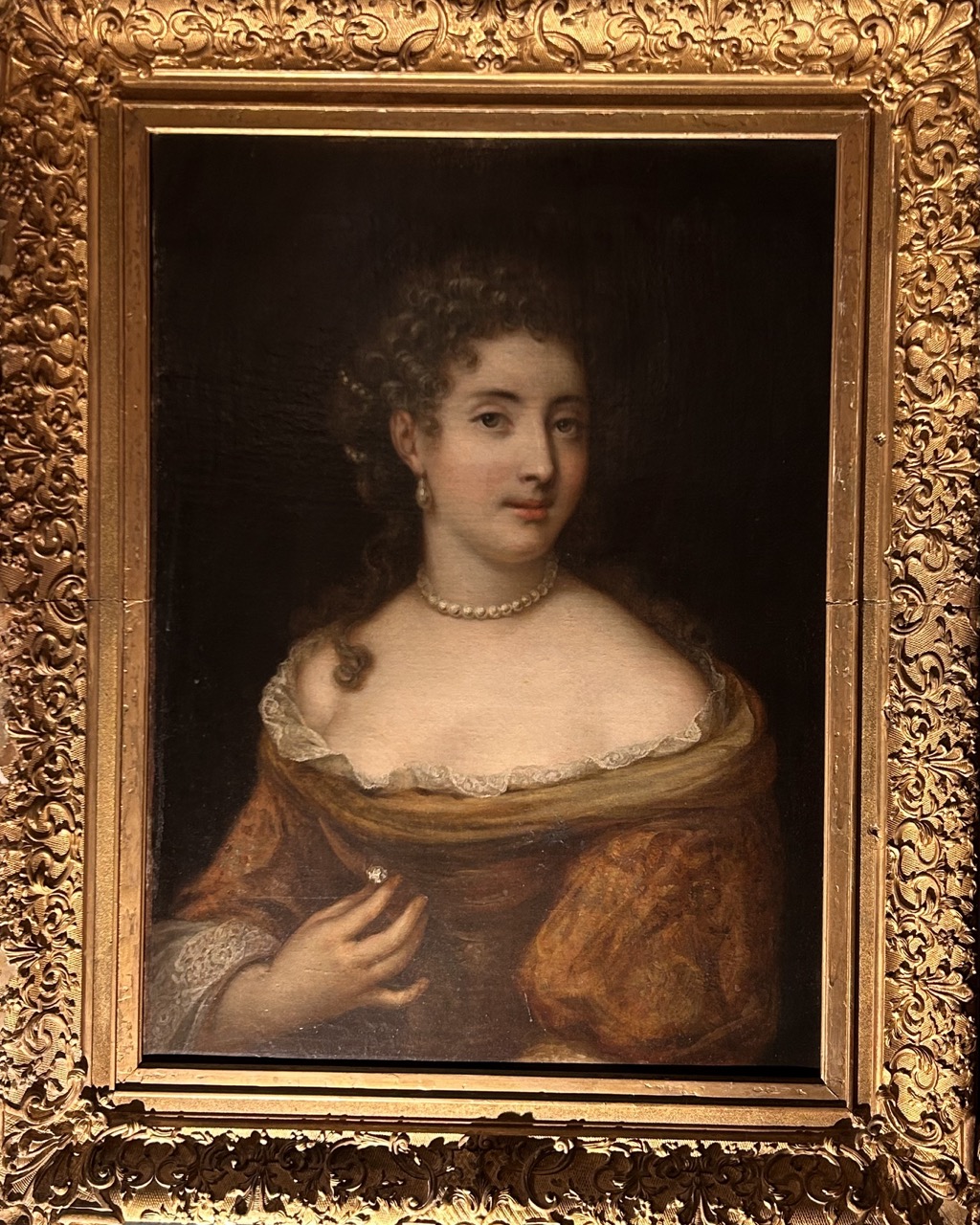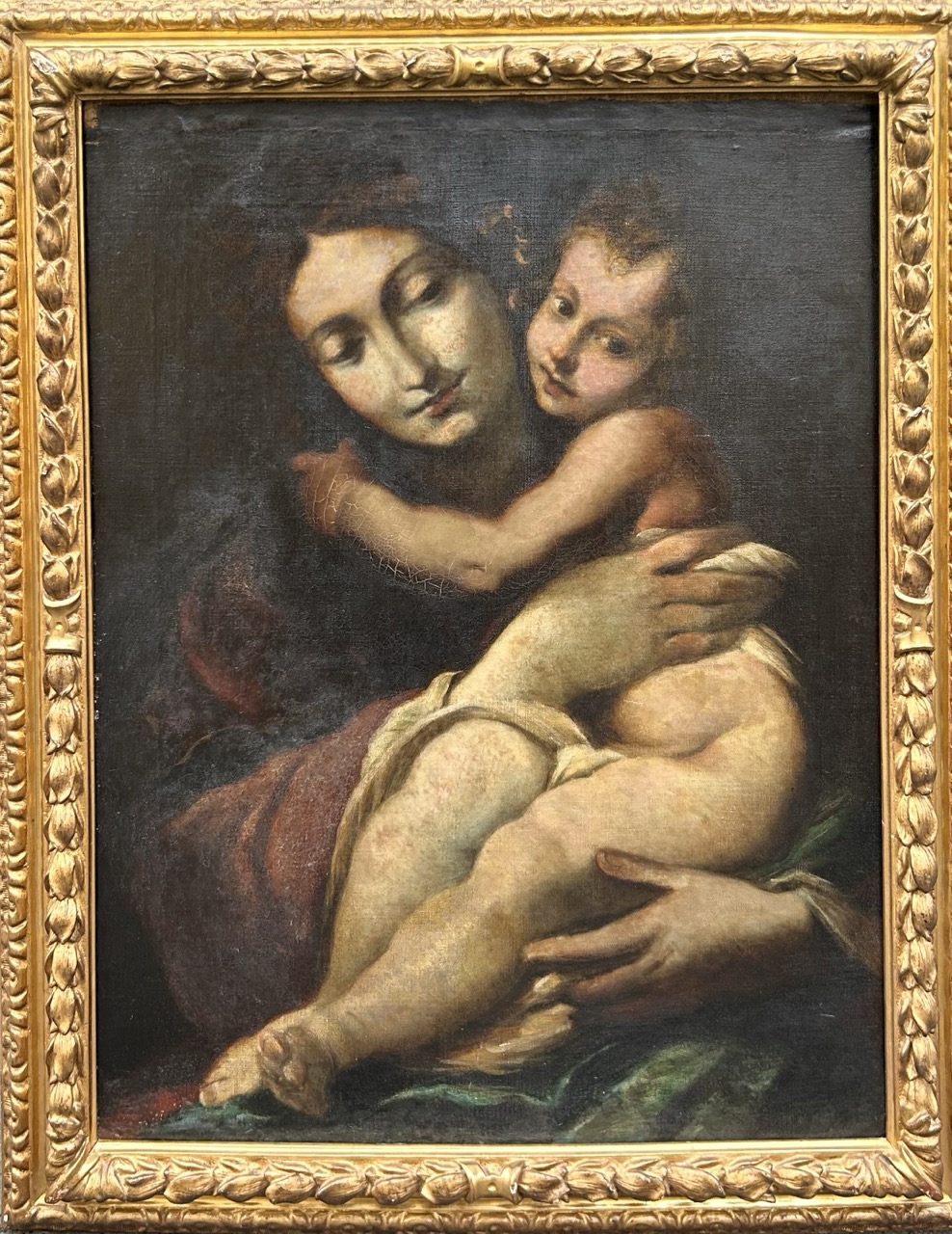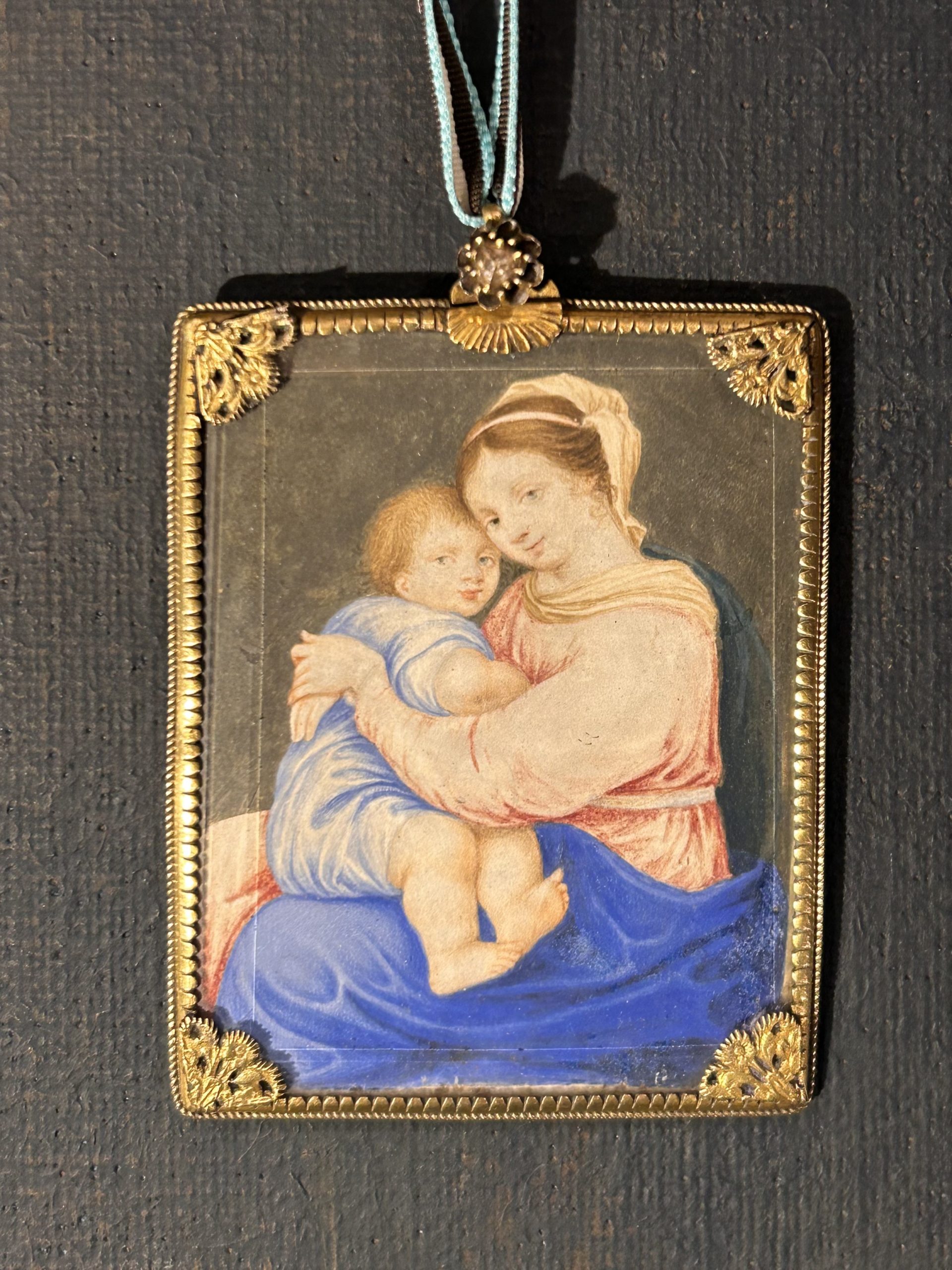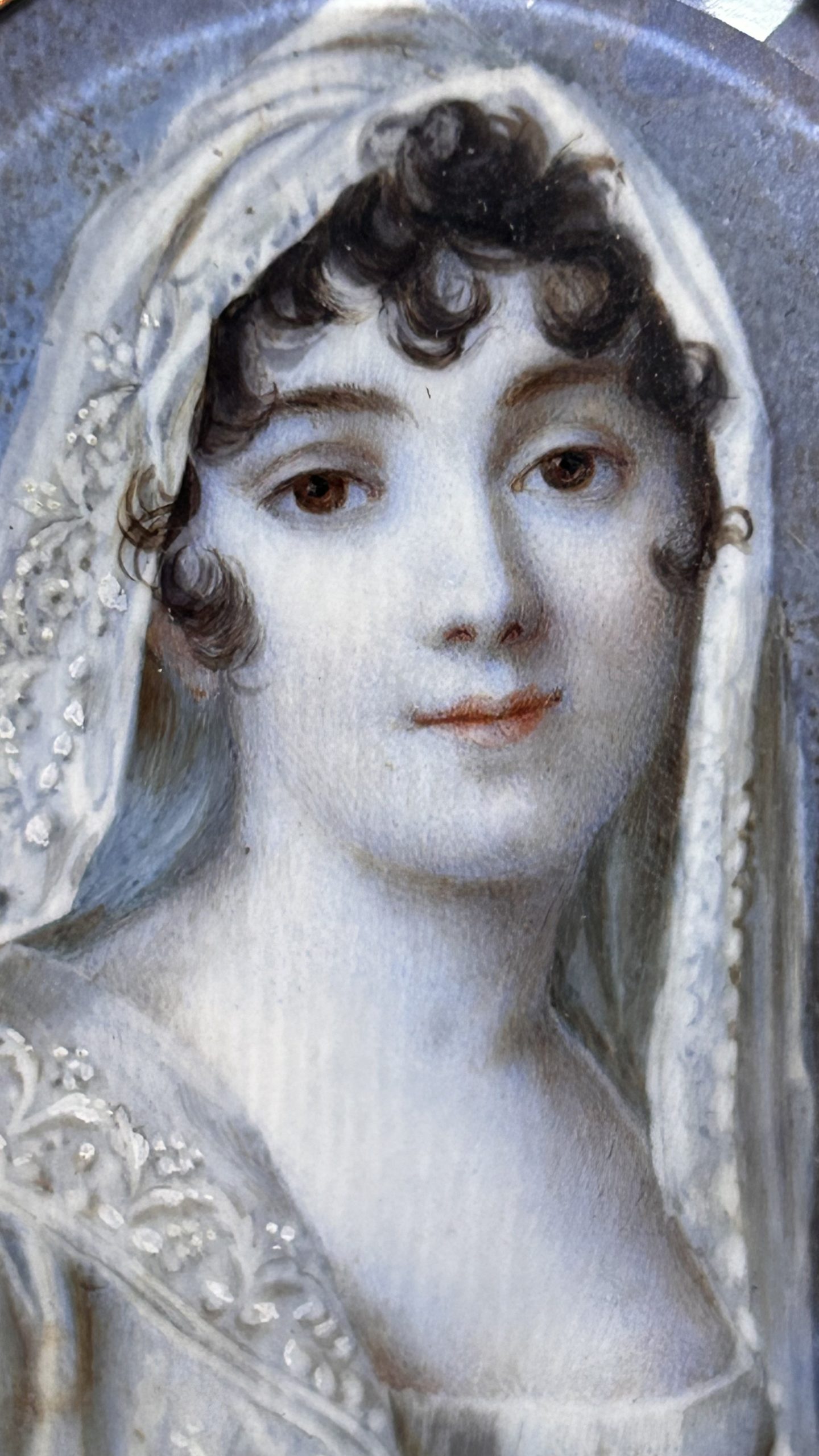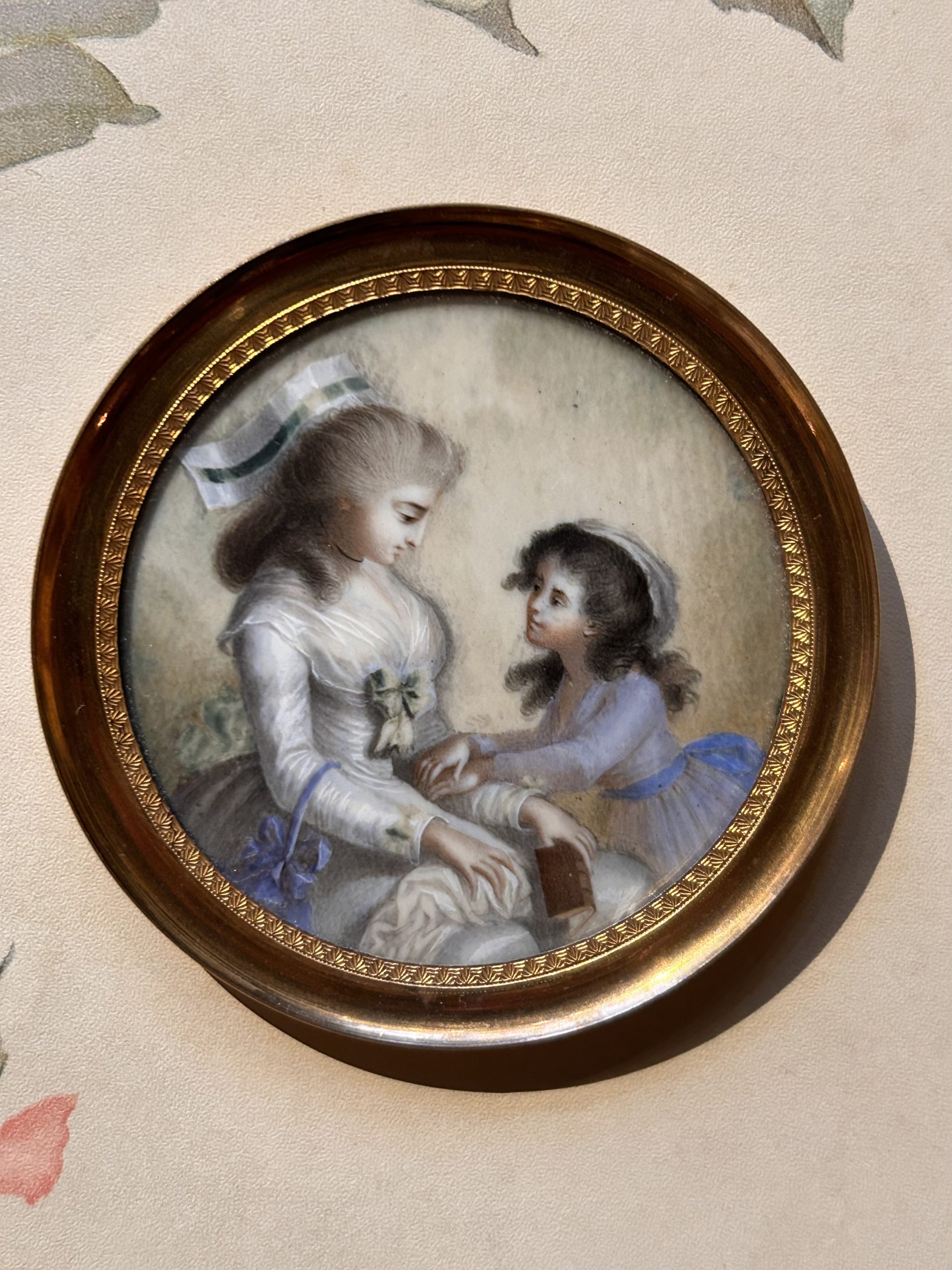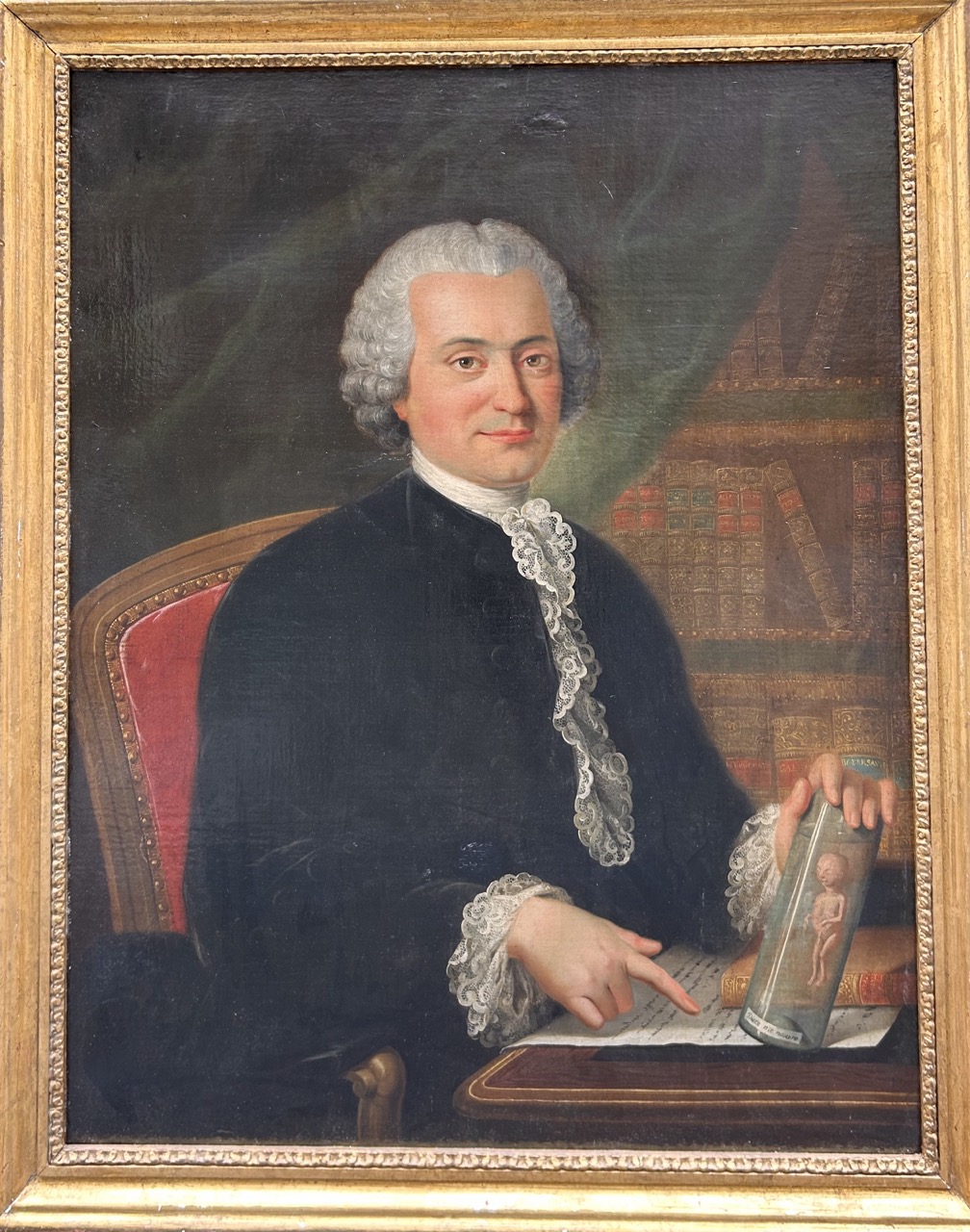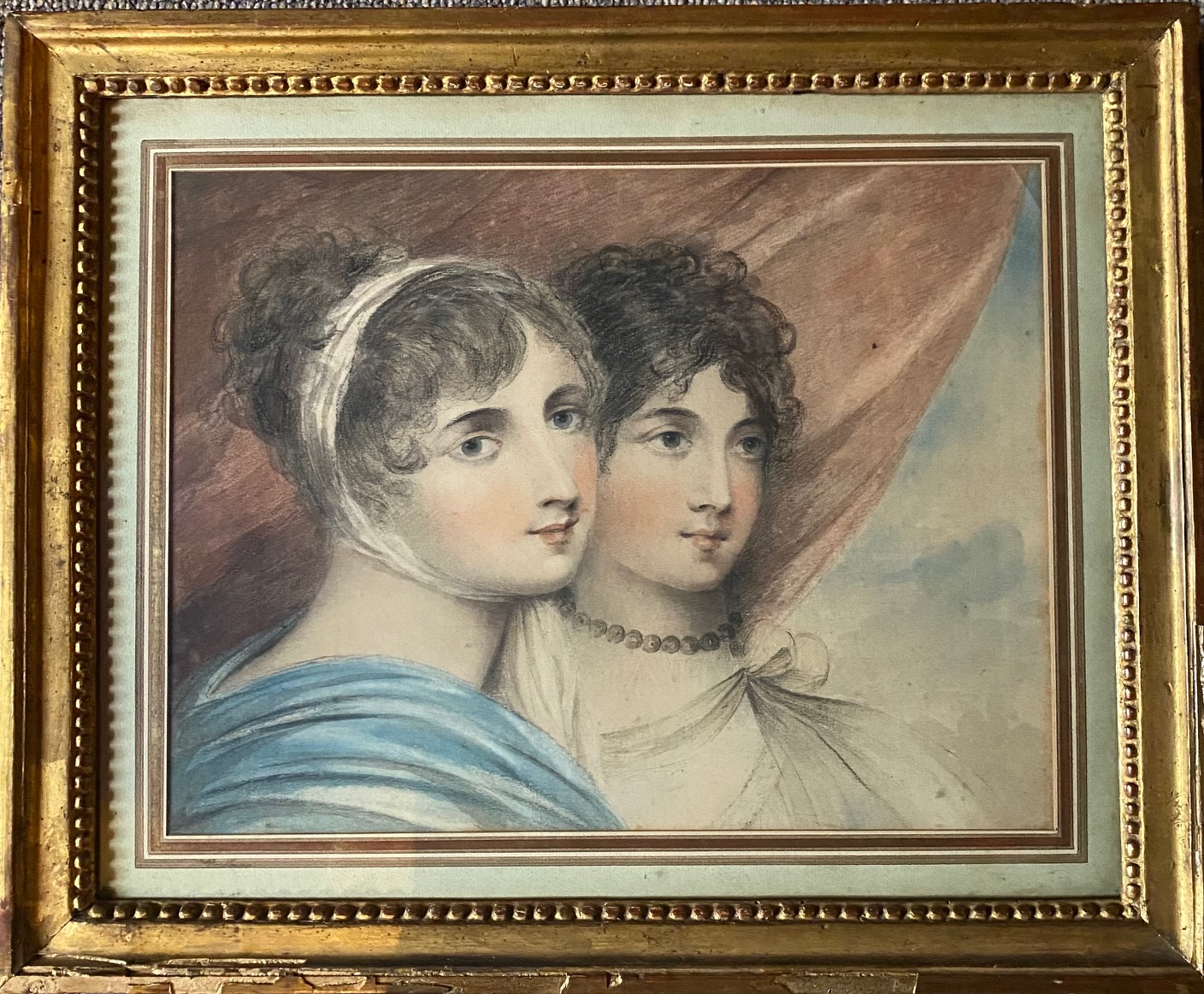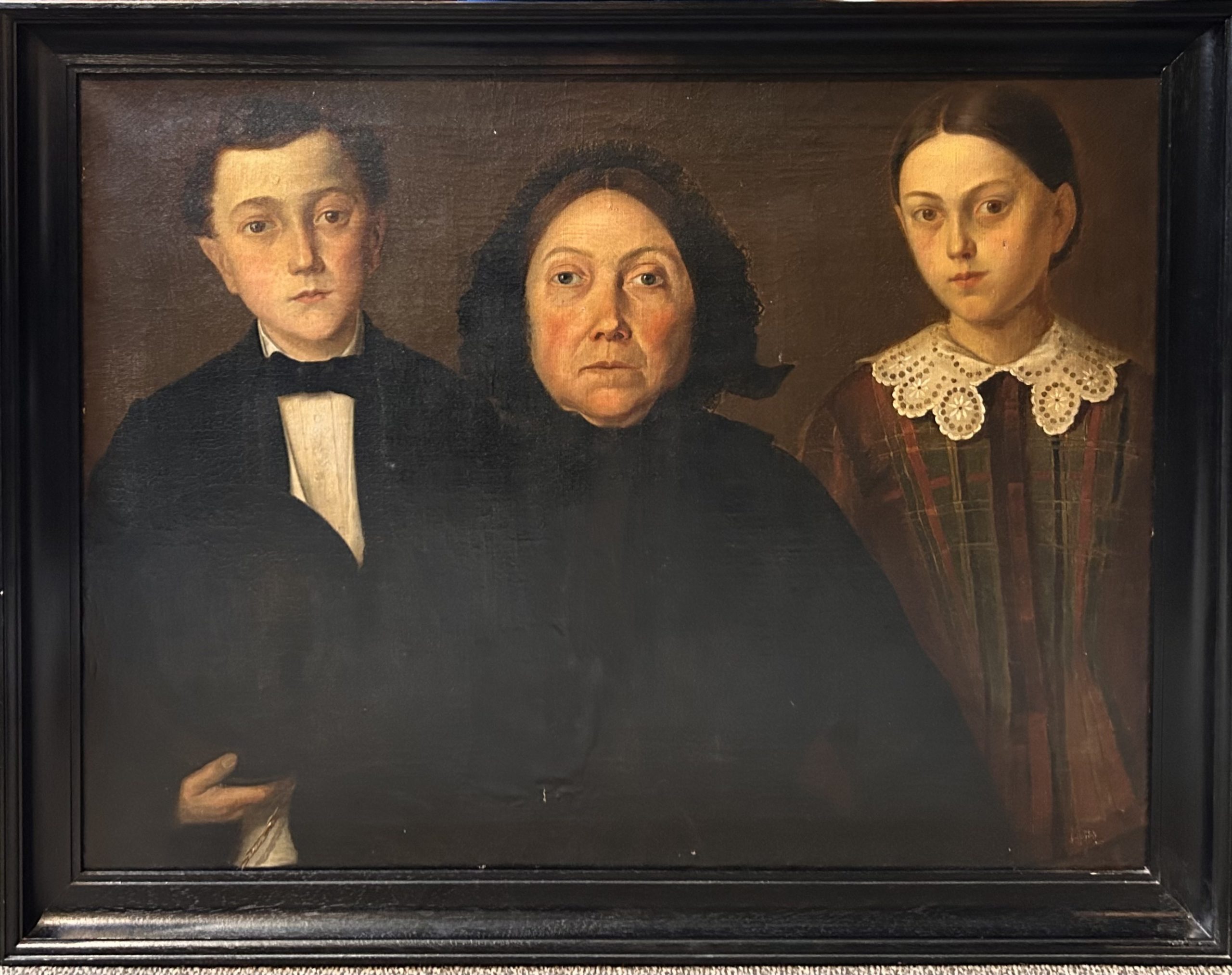Oil on canvas depicting Diane and her suite.
Diana is originally a Latin goddess with power over procreation, childbirth, hunting and sovereignty. She quickly became the goddess of hunting and moon in Roman mythology.
The representation of Diana as a huntress appears in Greek art. She is then seen as a chaste and proud goddess, represented in hunting clothes armed with a bow.
Its representation has changed little over time. In the sixteenth century, the representations of Diana huntress always show her semi-naked, often accompanied by a dog and a bow. It is from this period that the women of the Court are represented in Diana, wearing the attributes of the goddess. Diane de Poitiers, mistress of Henry II was very often portrayed as a huntress dressed entirely in the manner of the goddess or dressed in the fashion of the sixteenth century carrying a crescent moon on her forehead.
Other great ladies of the Court, most often favorites, were painted under the attributes of the goddess. Diana’s arrows symbolize the great power of women in the Court at that time. It is really in Diana hunter and predator that they are represented.
Diana surrounded by two women dressed in Turkish and a putto whistling a horn to give the start of the hunt. The lace of the dress of Diana are characteristic of the 17 century French because they are large lace relief of Alençon whose production began with Colbert in Alençon to compete with those very fine of Venice. The two women with turbans are reminiscent of Flemish painting and in particular of the young “girl with the pearl” of Vermeer.
Women dressed in Turkish style, emanating from the orientalist movement that developed in decoration and interior architecture between the 16th and 18th centuries. Indeed, on the borders of Europe, the Ottoman Empire of which Turkey is the central point, appears as the only one to be able to compete with the European powers, culturally and militarily.
At the end of the 17th century, in Europe, the terror that the Turks had long inspired gradually gave way to a real fascination. Stories of travels devoted to the Ottoman territories, translations of literary works such as «The Thousand and One Nights» will inspire artists with a fabulous vision of this distant world.
Height: 100 cm
Width: 84 cm
Italy
XVII century
